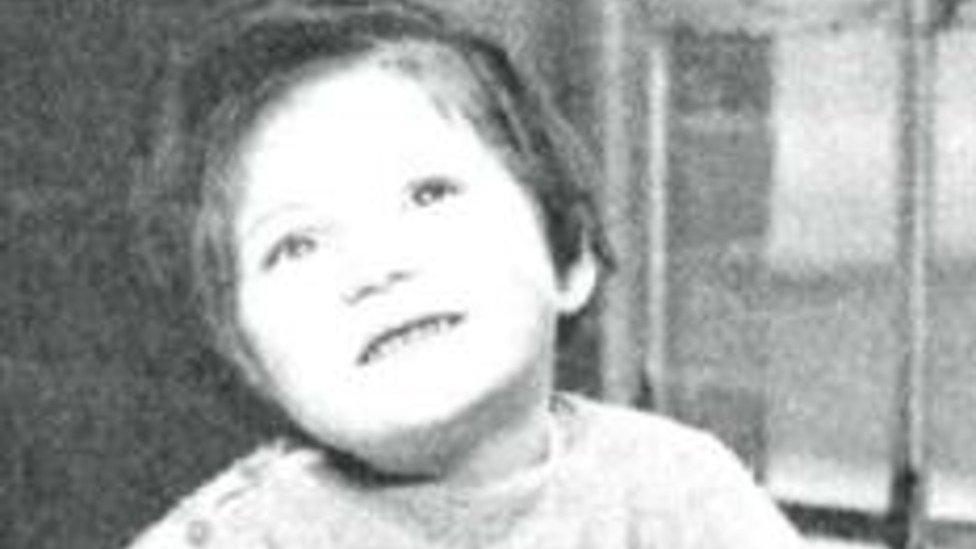Girl with rare disease 'thriving' after therapy
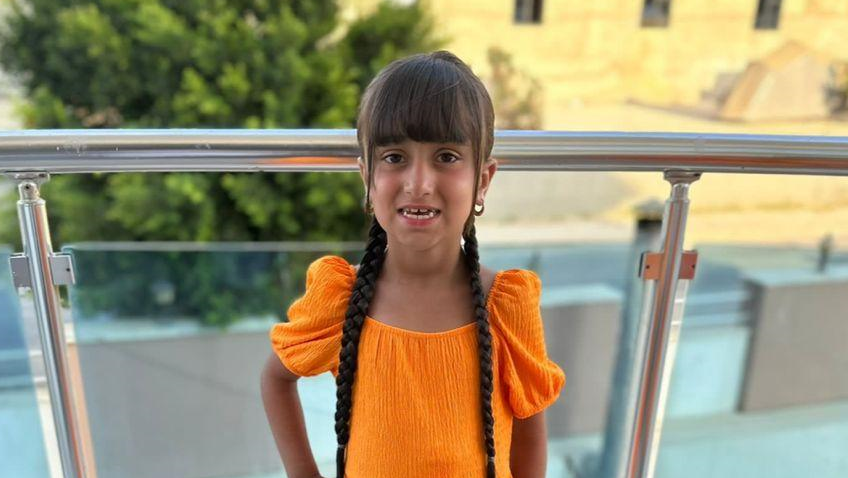
Inaaya's parents were initially told the condition meant she would only survive for a few months
- Published
A child expected to not live more than six months has reached the age of seven years after being brought up with a pioneering treatment set to be rolled out across the NHS.
Inaaya, from Sheldon, Birmingham, was born with a rare genetic condition called Wolman's Disease, a type of lysosomal acid lipase deficiency that can cause multi-organ damage in infants.
Shortly after her birth, she was given enzyme replacement therapy at Birmingham Children's Hospital, one of the centres pioneering the treatment.
Doctors have said she is thriving, and backed the treatment's adoption by the wider NHS. A commercial deal for the rollout of Sebelipase alfa was struck in November, recommending it for nationwide use.
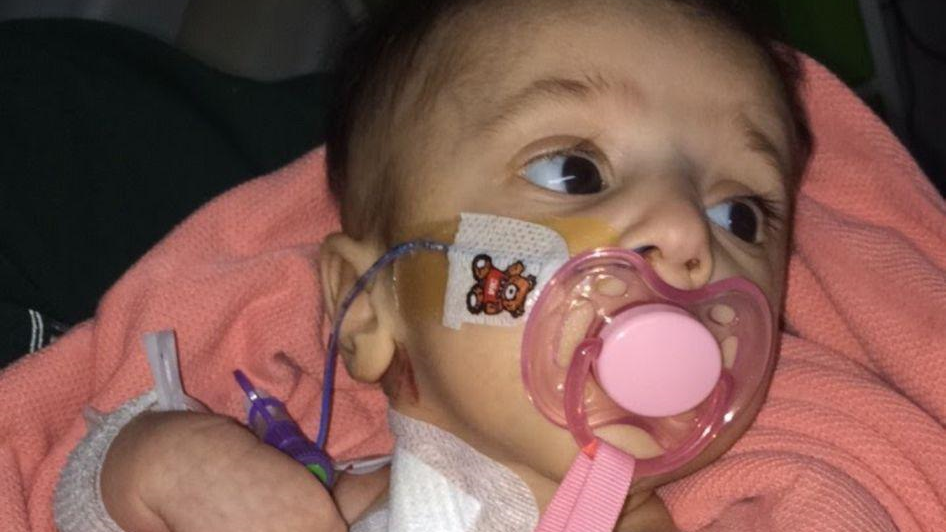
Amber noticed after one week her baby's belly was enlarged, but her arms and legs were small.
Inaaya's condition occurs in about one in 350,000 births and causes a build-up of fat in cells in the liver, heart, blood vessels and digestive system.
An enlarged liver and spleen, poor weight gain, low muscle tone, jaundice, vomiting, diarrhoea, developmental delay, anaemia and malabsorption are among the symptoms that sufferers may face.
"When Inaaya was diagnosed it felt like my whole world was breaking down," said her mum, Amber.
Three of Inaaya's aunts on her father's side had previously died from the same disease.
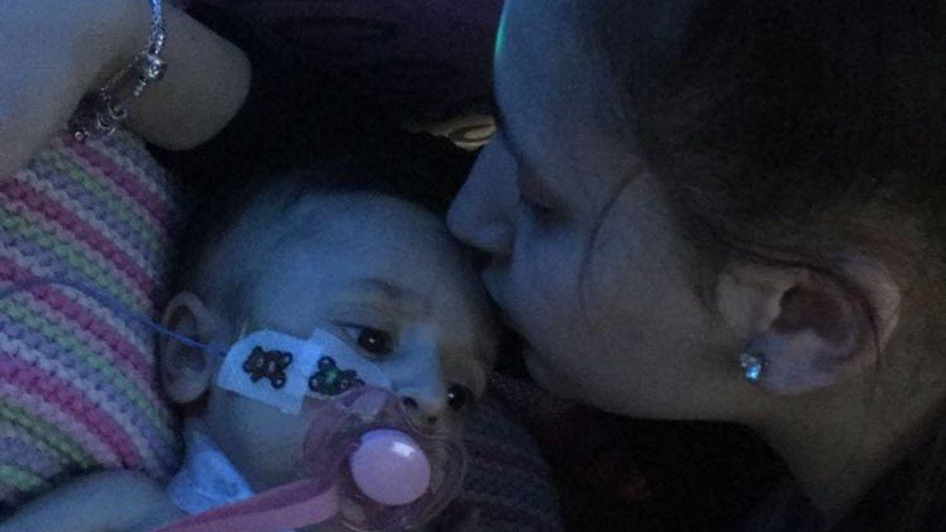
As a baby, Inaaya was given enzyme replacement therapy at Birmingham Children's Hospital
Shortly after birth, Inaaya was given Sebelipase alfa, which works by replacing the deficient enzyme and is administered using a drip for about two to four hours once a week.
Dr Suresh Vijay, consultant of clinical paediatric inherited metabolic disorders at Birmingham Women's and Children's NHS Foundation Trust, led the study.
He said: "Until around 2014 there was no treatment at all for Wolman's and all affected babies would show symptoms in their first few weeks to months of life. Sadly, none would survive longer than three or four months old.
"Now we have children who are living around Inaaya's age and older, so it has been a huge development."
He added: "We’re so pleased that this treatment is now available on the NHS and we’re excited to see the progress that patients, like Inaaya, will make."
'So lucky'
Amber said: "The oldest child in the world with this condition is only 13, but Inaaya is doing well on it - she literally lives a normal life.
"She is so amazing, nothing can phase her. She is so selfless, she can't eat chocolate and sweets, but she would happily give sweets out to everyone in her class, even knowing she can't have it. I'm so lucky to have her."
Follow BBC West Midlands on Facebook, external, X,, external and Instagram, external, Send your story ideas to: newsonline.westmidlands@bbc.co.uk
Related topics
- Published29 November 2023
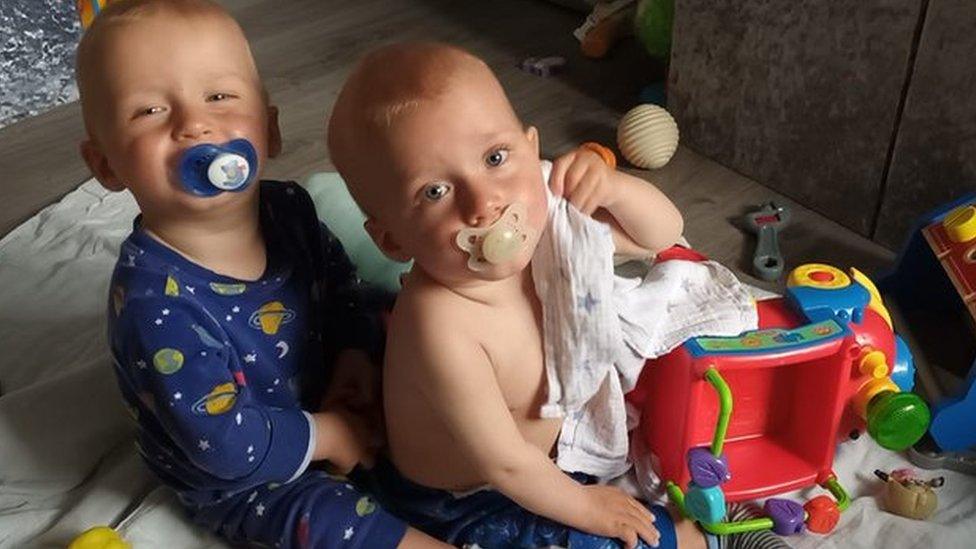
- Published28 November 2023
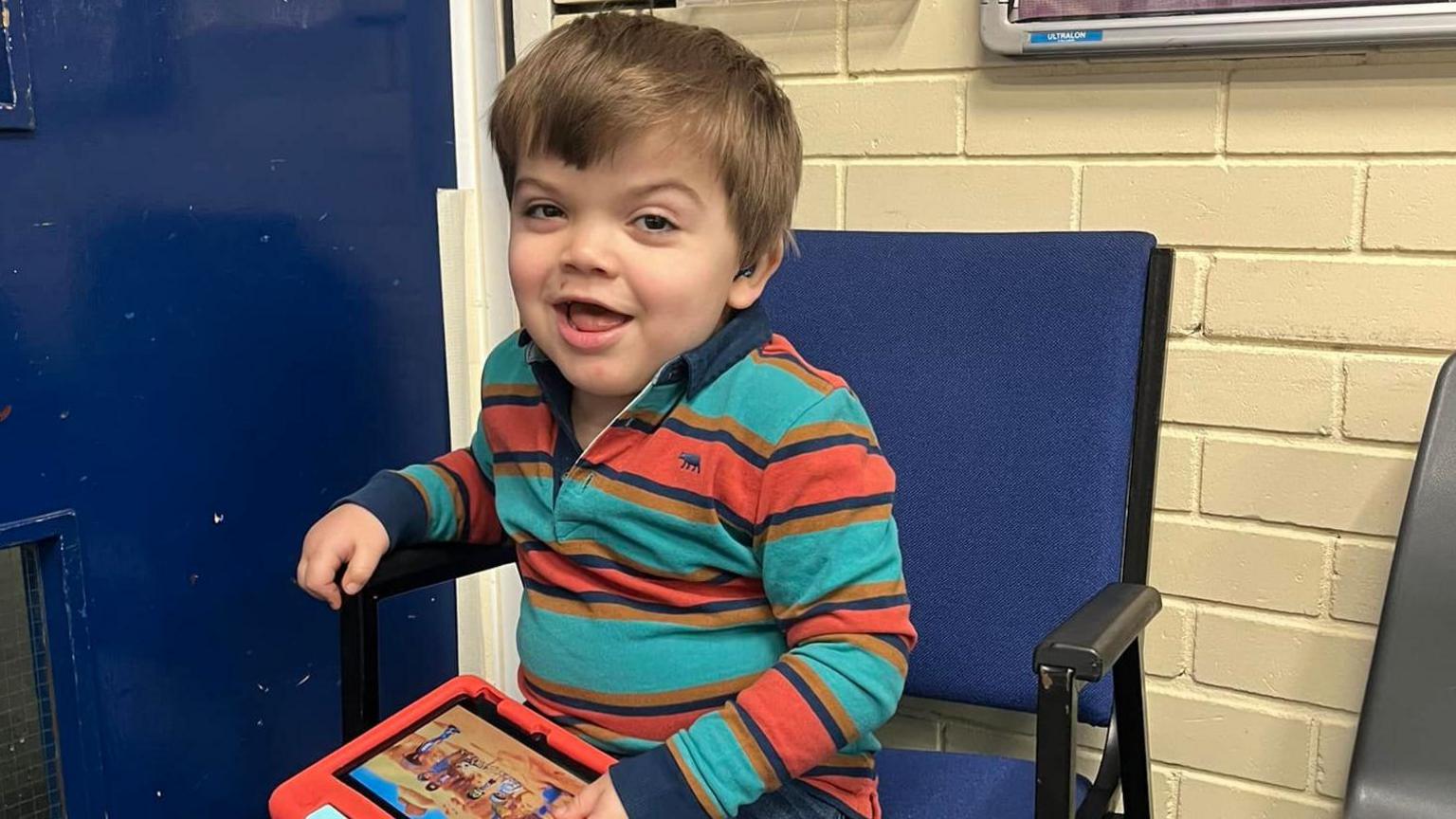
- Published19 March 2023
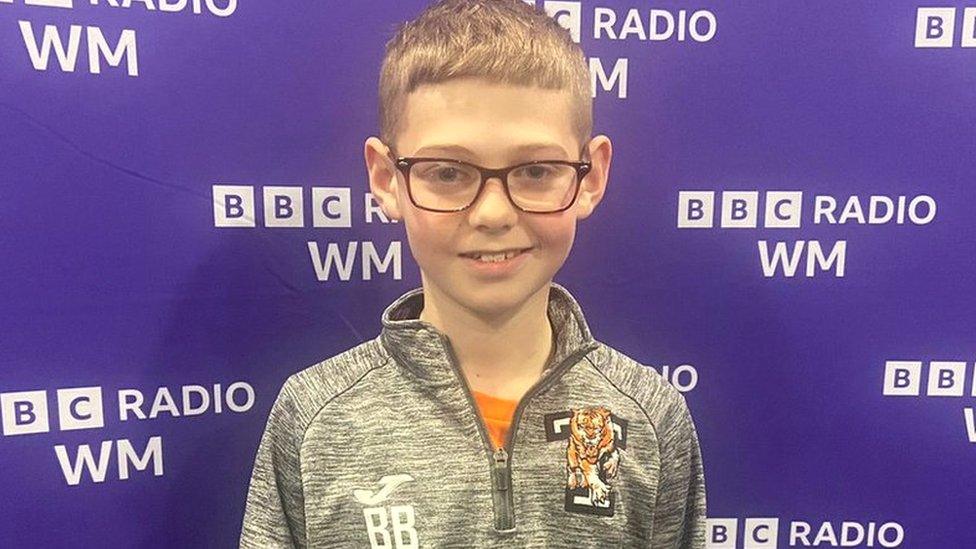
- Published17 November 2022
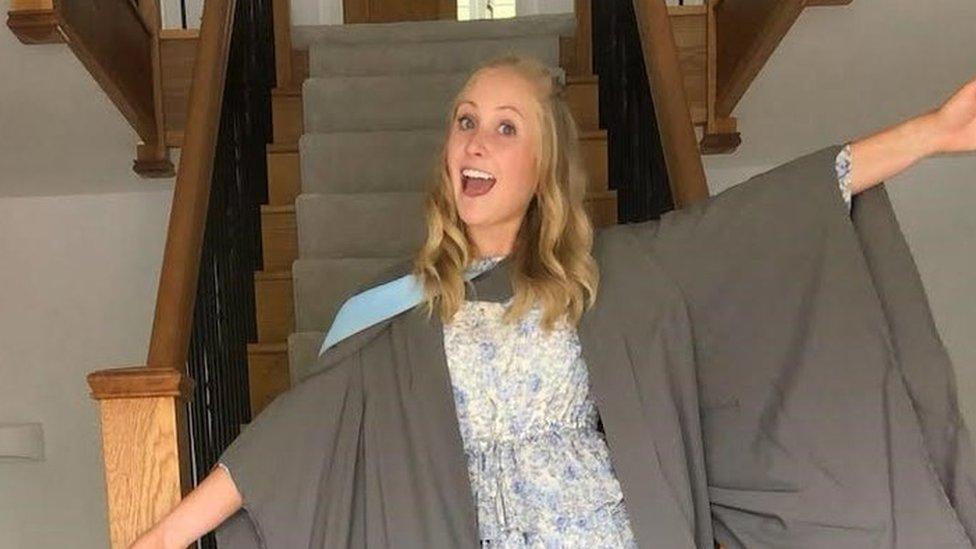
- Published1 January 2024
